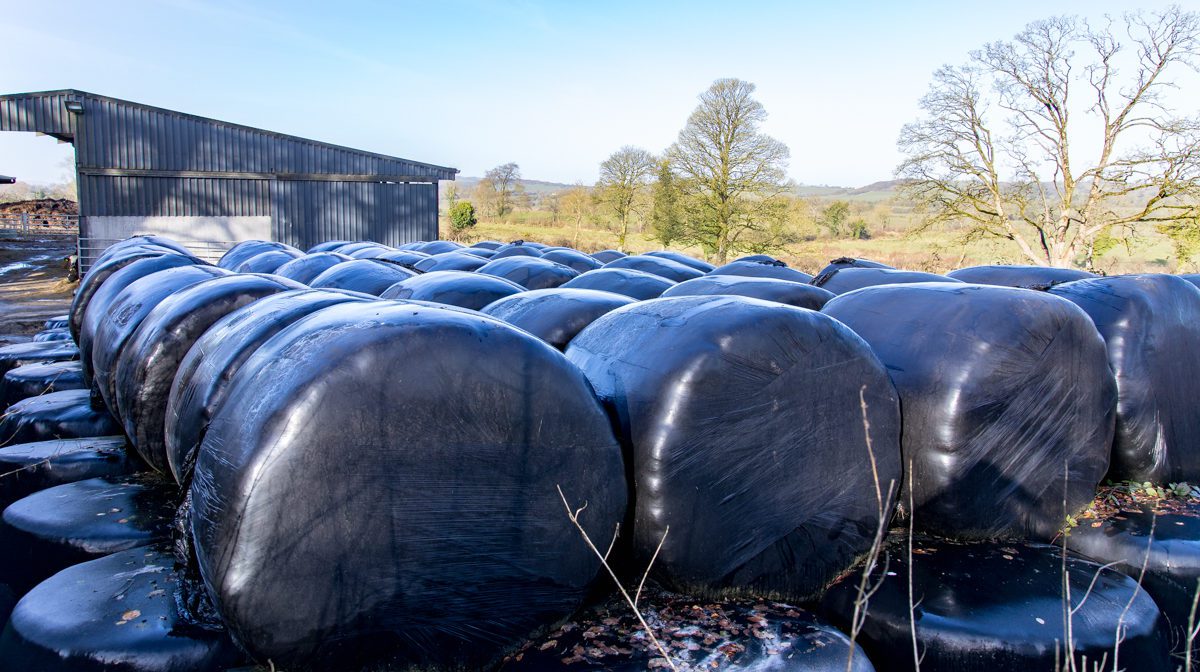The national fodder deficit currently stands at three million tonnes, the results of the latest fodder census have revealed.
The Interagency Fodder Committee conducted a fodder census at the beginning of this month and just over 900 farmers were surveyed. The results of this census were published this morning (Thursday, September 13) as the committee met in Tullamore, Co. Offaly.
In the middle of July, Teagasc estimated that the national fodder deficit stood at 28% – which would have equated to approximately eight million tonnes of fodder. Since then, a number of initiatives have been announced to increase stocks of fodder in the country.
In the east Cork region, it was found that 58% of farmers reported a shortage of close to 23%. Meanwhile, 30% of farmers surveyed in the north-west noted a shortage of 15%.
The results of the census revealed that the average feed demand on farms equated to 836t, with the average deficit standing at 92t or 11%.
Winter period
Respondents to the census indicated that they are planning for a “relatively short” winter period of 140 days. As well as this, 70% of those surveyed stated that they had included a fodder reserve of four weeks in their estimates.
A total of 42% of farmers also noted that they are prepared to sell stock to alleviate a fodder deficit, with 29% already having taken this measure.
It was also explained at the meeting that there will be limited silage mobilising around the country during this winter period. A total of 25% of those surveyed did state that they would sell any surplus feed that they have on their farm.
In order to make up the fodder deficit, 31% of farmers say that they will use a combination of straights and manufactured feed.
But 60% of farmers have no agreed funds to cover the extra cost.
- Revise the fodder budget regularly through the winter;
- There will be limited silage available to buy nationally. Farmers will need to stretch silage from the start;
- Individual farmers needs to do the budgets if deciding to sell stock;
- Farmers need to agree funds to cover extra costs;
- Check feeding space to allow restricted silage and meal feeding.
